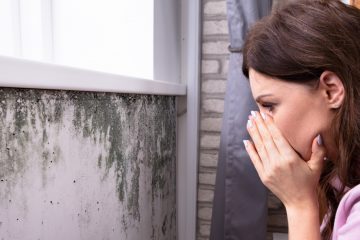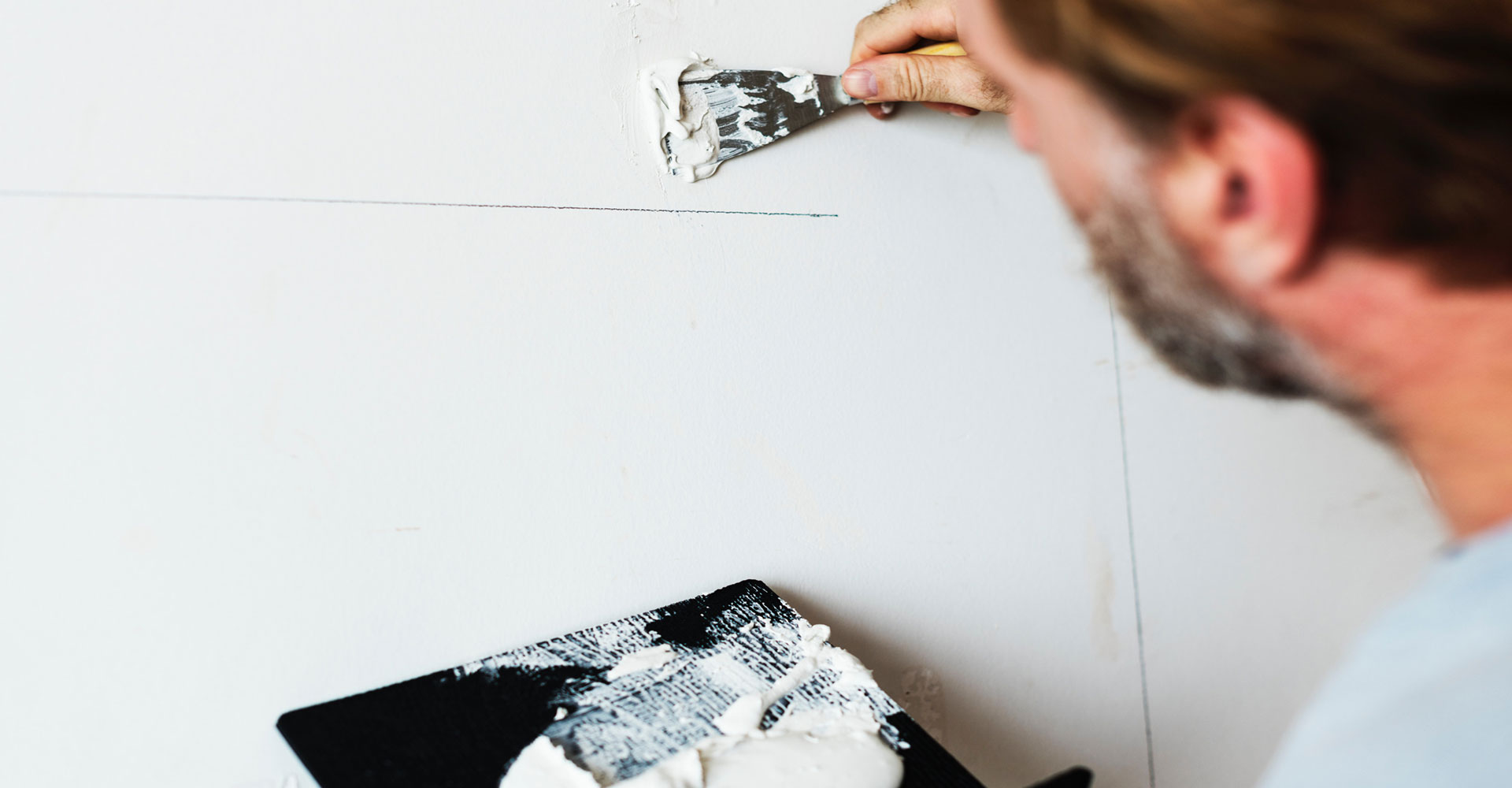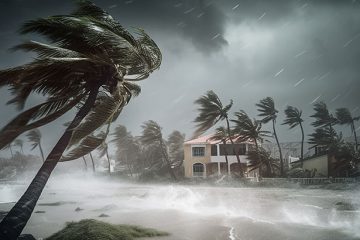As temperatures drop, the risk of winter water damage increases—especially in areas with freezing temperatures, heavy rainfall, or snow. Frozen pipes, ice dams, and leaking roofs can wreak havoc on your home and result in costly repairs. The good news? With a little preparation and regular maintenance, you can safeguard your home and enjoy a stress-free season. Here are seven effective ways to protect your house from winter water damage and gain peace of mind.
1. Insulate Pipes in Unheated Areas
Frozen pipes are one of the leading causes of winter water damage. When pipes freeze, they can burst and flood your home. Insulate exposed pipes in unheated spaces like basements, attics, crawl spaces, and garages. Foam pipe insulation sleeves are affordable and easy to install. Don’t forget to seal gaps around pipes where cold air might enter.
2. Clean Gutters and Downspouts
Clogged gutters can cause melting snow and ice to overflow and seep into your home’s foundation or roof. Before winter hits, remove leaves, twigs, and debris from your gutters and downspouts. This simple step ensures proper drainage and reduces the risk of ice dams—another major cause of winter water damage.
3. Check and Repair Roof Flashing
Roof flashing—the thin metal strips installed around vents, chimneys, and skylights—prevents water from seeping through joints. Damaged or loose flashing can let melted snow or rain leak into your attic or walls. Have your roof inspected before winter to ensure it’s watertight and weather-ready.
4. Keep the Heat Consistent
Set your thermostat to a steady temperature, even when you’re away. Never let your home drop below 55°F (13°C). A consistent indoor temperature keeps pipes from freezing and bursting. If you’re traveling, ask a neighbor to check your home or leave a faucet slightly dripping to keep water moving.
5. Seal Foundation Cracks
Water can enter your basement or crawl space through cracks in the foundation, especially during winter thaw cycles. Inspect the foundation for visible gaps or fissures and use waterproof sealant to close them. This proactive measure keeps cold air and water out and boosts your home’s overall insulation.
6. Disconnect Garden Hoses and Drain Outdoor Faucets
Leaving hoses connected during winter can cause the water inside to freeze and expand back into your pipes. Always disconnect and drain hoses before the first freeze. Shut off outdoor faucets and consider installing frost-proof spigots for long-term protection against winter water damage.
7. Know Where Your Main Water Shutoff Valve Is
If a pipe bursts, quick action is essential. Make sure every adult in your household knows where the main water shutoff valve is located. Shutting off the water quickly can prevent hundreds—or even thousands—of dollars in damage while you wait for emergency restoration services like those provided by Commando Restoration.
When to Call a Water Damage Restoration Professional
Even with the best prevention, emergencies can still happen. If your home experiences flooding, leaks, or visible water stains this winter, don’t wait. Call a certified water damage restoration team like Commando Restoration. We’re available 24/7 to respond quickly, mitigate damage, and restore your home to its original condition—fast.
Protecting your home from winter water damage is about being proactive. A few preventative steps now can save you from costly headaches down the road and help you enjoy the season with confidence.


